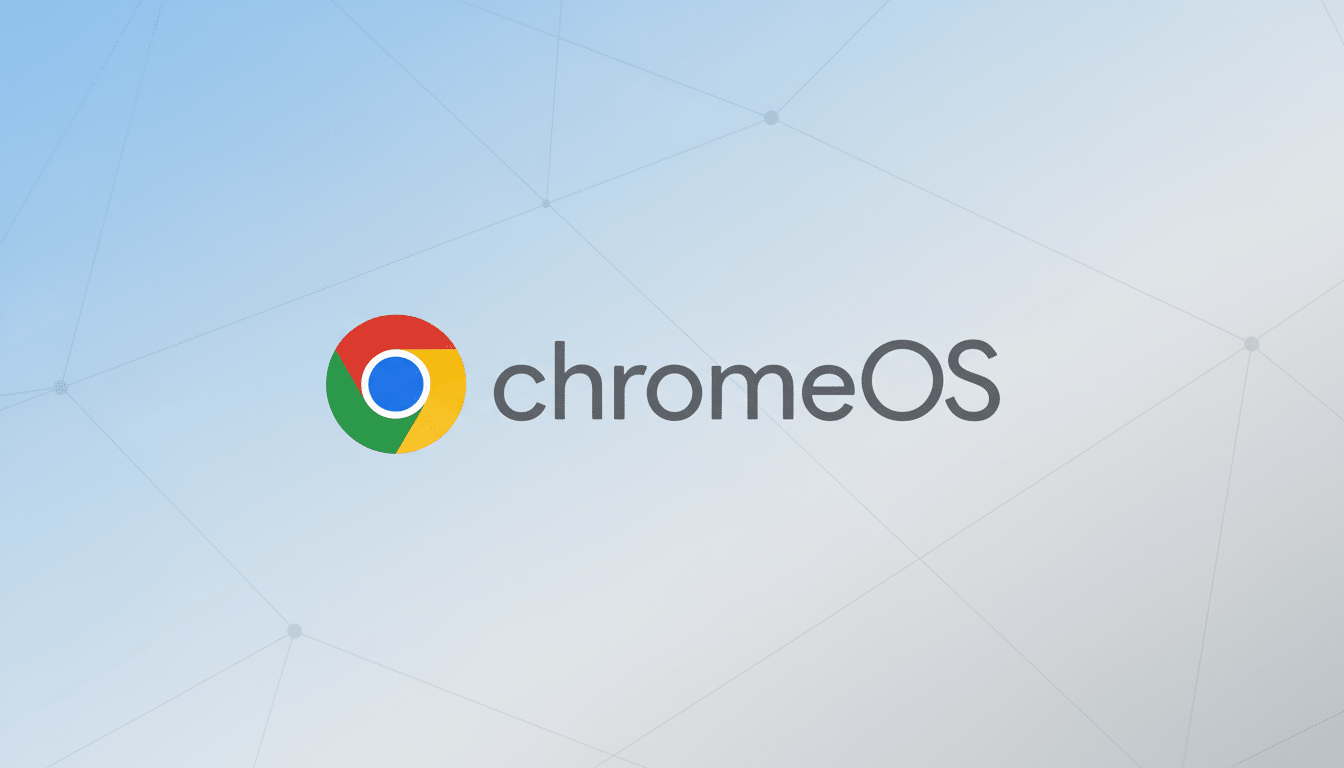A fresh reader survey indicates that Google is gaining traction to sunset ChromeOS in favor of Aluminium OS.
In a poll that drew more than 3,500 votes, over 83 percent of respondents said they would not take it as a loss if Google were to offer a next‑gen system with the same or better feature list than what we have today.

Though we haven’t heard anything about Aluminium OS so far, the rumor mill suggests that Android will become even more deeply integrated with desktop features. The survey results suggest a user base that not only is open to change, but is also actively cheering for it.
What the poll reveals about ChromeOS replacement sentiment
Enthusiasm is striking. Adding together the “no”s, 83% of respondents said they would not mind seeing ChromeOS go away, particularly referencing stagnation and an app landscape that’s something of a patchwork quilt as reasons why. Respondents cited the sunset of Chrome apps, inconsistent performance from Android apps running on larger screens, and reliance on a Linux container for complex tasks as indicators that the current approach is past its prime.
Continuing with the theme of things I hear: people are asking for a productivity‑first desktop while also celebrating what Android does best. That approach adds full‑featured multitasking, pro‑grade controls, and reliable offline capability — not just a browser and phone app store.
What users expect from Aluminium OS in a next‑gen desktop
In a companion web poll about desired features, just less than 40% of voters favored the capability to run Windows software. It’s a tough nut, but it illustrates where ChromeOS has been running up against a wall for some time: legacy app support. Windows compatibility — whether through virtualization, a binary compatibility layer, or remote runtimes — is the yardstick by which many judge desktop platforms.
Power‑user controls ranked high too. Voters demanded a native terminal, system‑level firewall and networking tools, and more extensive access to hardware without trying to corral everything inside a VM. Beyond that, people crave bulletproof Android app compatibility, power‑packed Linux support, and polished desktop windowing — all topped off by a liberal layer of security and lengthy update lifecycles.
For that to work, Aluminium OS would need to look and feel like a single thing: one app model, one settings hierarchy, one update pipeline. The lack of cohesion among Android apps, web apps, and Linux tools on ChromeOS has brought flexibility — and friction.

Why the timing favors Google to rethink its desktop OS
The market context is promising. Desktop OS share is still overwhelmingly dominated by Windows, macOS has made it into second place, and ChromeOS is down there with the dregs, hanging out in the low single digits globally, as per StatCounter. IDC also shows that Chromebook shipments soared during the surge in remote learning, then rolled back, and while this reflects ChromeOS’s strong position in education, it also shows its more modest traction with pros and creators.
And Windows is currently in transition itself, with AI features and a rapidly changing policy set that has not exactly hit for everybody, thus offering an opening to a credible alternative. If Aluminium OS manages to combine the brilliance of Android’s apps with a desktop‑class experience, it could be Google’s ticket into much more mainstream and professional territories.
What Does This Mean For Schools And OEMs?
Education buyers will expect continuity. Centralized management, fast boot times, and low total cost of ownership brought respect to ChromeOS. Any successor would need to maintain device management, testing parity, and long support windows — Google recently extended some Chromebooks to as much as 10 years of updates, and institutions will demand the same kind of commitment if Aluminium OS comes in.
Hardware partners including Acer, HP, and Lenovo will also eye developments around silicon support for clarity. A single OS across x86 and ARM, with comparable performance for Android, Linux, and web payloads, would open up design choices and allow costs to be managed. A consolidated SDK and stable APIs are what developers will be in search of to prevent ChromeOS’s fragmented history from repeating itself.
Execution will decide everything for Google’s desktop pivot
The poll shows clear appetite for something new. Well‑being is always at a premium; peace and progress are what consumers are seeking. But bringing Windows app support and pro‑level controls — the kind of seamless Android integration that Samsung excels at — without compromising security, simplicity, and battery life, is a tall order.
If Aluminium OS hits all the right notes, it won’t just replace ChromeOS; it could redefine what a Google desktop is. The takeaway from the poll is clear: users are there. Now it is up to Google to show the platform is too.

